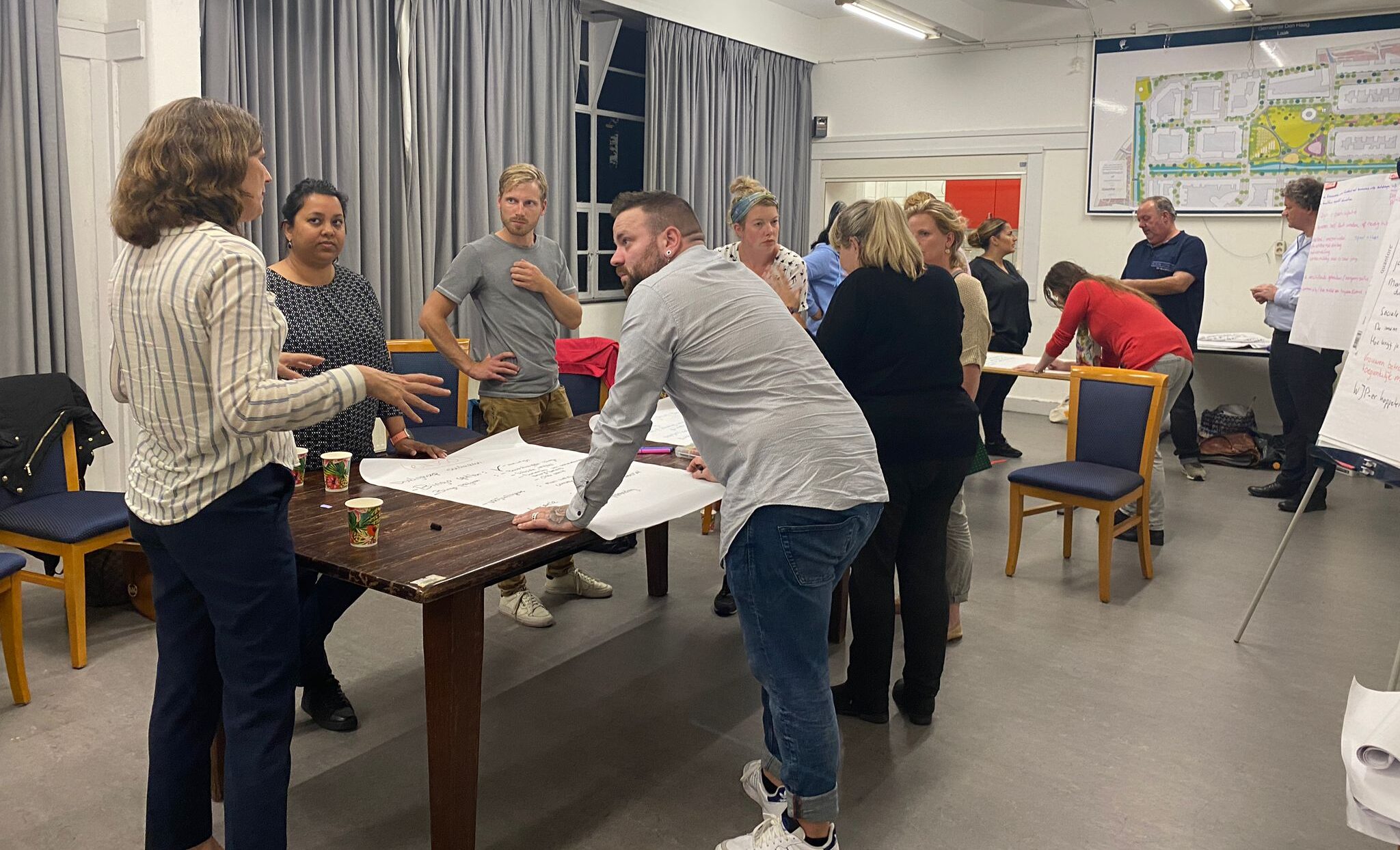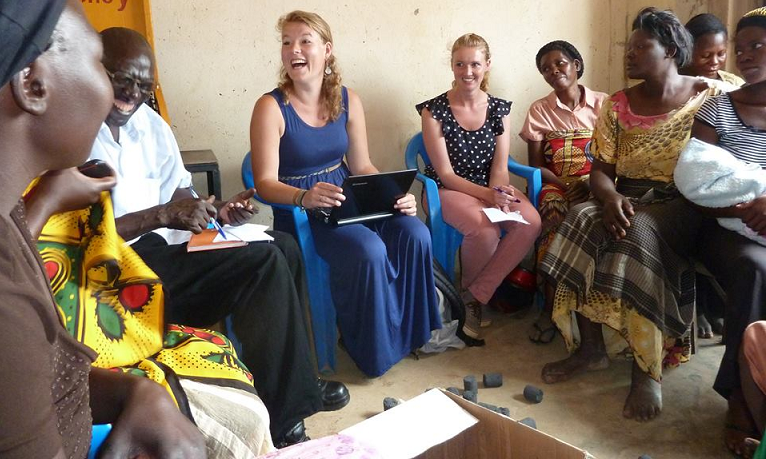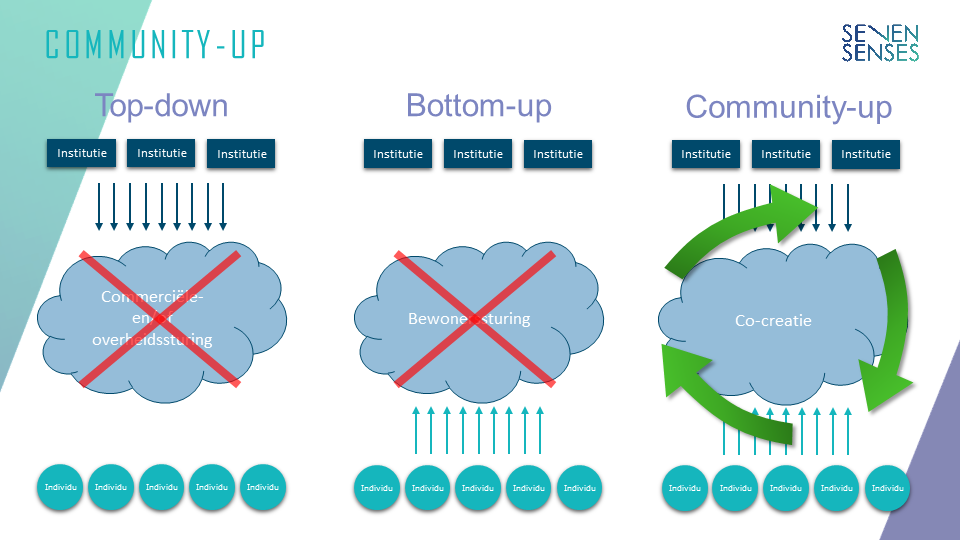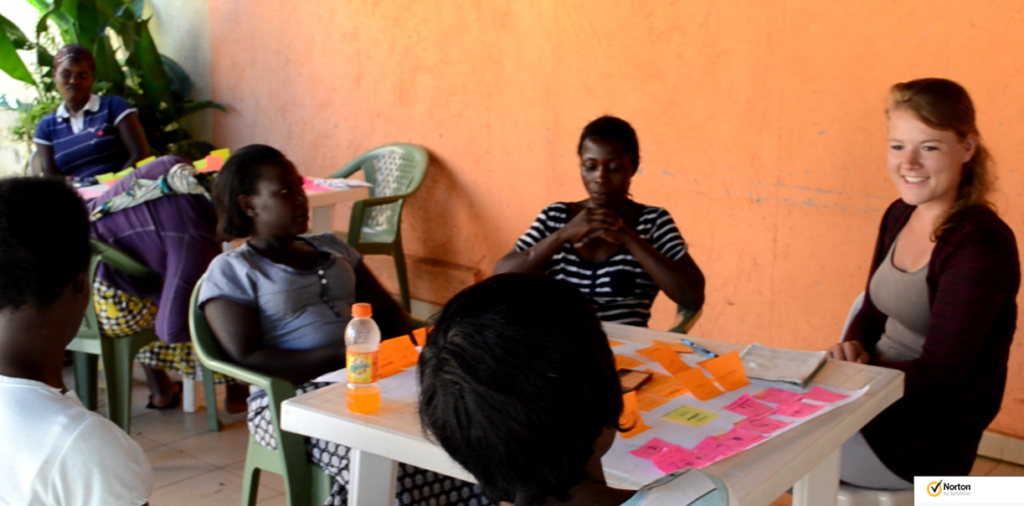Participatory Action Research (PAR) is an approach that links research and action in a participatory way. It allows a community of organizational and non-organizational stakeholders to investigate a shared complex situation, reflect on its results and co-create the best fitting interventions to tackle the situation together and achieve sustainable impact. As a Participatory Action Researcher, you facilitate this process, that typically consists of seven stages.

The application of PAR
Participatory Action Research can be applied for all kinds of complex problems, in all kinds of domains and different settings. Check for example our PAR-projects page, to see in which fields and countries SevenSenses applied Participatory Action Research so far.

The basic principles of PAR
These basic principles make up a typical Participatory Action Research process:
S – Science and practice merged together
E – Engage the community: a community-up approach
N – No debate but a dialogue
S – Social learning among and between community members and researchers
E – Embrace the strengths of a community
S – Sustainable solutions & empowerment
This blog further describes the basic principles of Participatory Action Research.
What is a community?
In general, a community is a small or large social unit (a group of living things) that has something in common, such as norms, religion, values, or identity (read more). In Participatory Action Research, the community usually makes up the people who are sharing a common issue. Such community may comprise of inhabitants of a certain area and other stakeholders, such as social organizations, (social) enterprises and the local government.
Community-up co-creation of solutions
Pure top-down driven projects often trigger resistance from residents, whereas pure bottom-up approaches often face problems getting things accepted by governmental or organizational bodies. Instead of using top-down or bottom-up approaches, at SevenSenses we use this term “Community-up” to emphasize the involvement of all stakeholders around a particular shared issue, that is, including organizational/governmental stakeholders as well as non-organizational stakeholders who aim to co-create and realize solutions together to tackle the issue.

Duration of a PAR
A typical Participatory Action Research cycle takes up three months, yet, depending on the scope of a PAR project this may vary widely and multiple PAR-cycles may follow.
For whom is PAR?
PAR is for everyone who wishes to facilitate positive change in communities. At SevenSenses we offer Participatory Action Research projects and PAR related activities for the public sector, nature organizations, the development sector, companies, for university students and their teachers, and freelancers. Our SevenSenses Challenge program is specifically for requests that come straight from communities such as inhabitants. Also check out our open subscription PAR-training programs of the SevenSenses Action Research Academy, such as the PAR Practitioners Program!
More readings
Want to know more? Check out our project papers and reports and the blogs we write about Participatory Action Research. On our Facebookpage, X and LinkedIn we post updates on all of our activities.
Prefer personal contact?
Go ahead, don’t hesitate! Send an email to welcome@seven-senses.nu or contact Milica: +31(0)6 23205469. Hope to see you soon!

